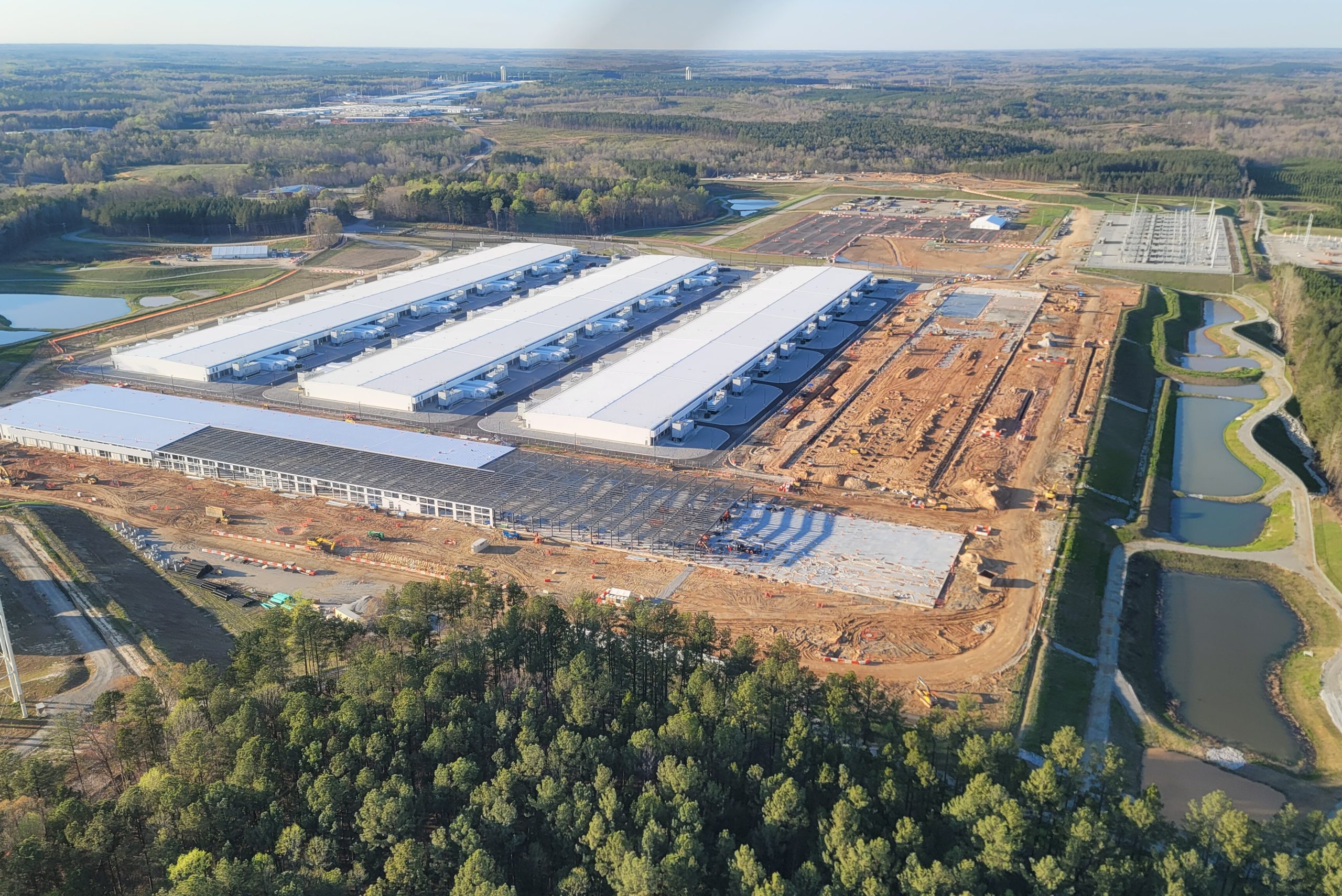Project Handoff Process: Gregory’s 10 Crucial Steps
Do you even have a project without a plan? One of the most underrated processes of a successful construction company is handing a newly awarded project over from preconstruction to operations. But it’s just as important as an excellent fleet, reliable and skilled craftworkers, and efficient project management.
At Gregory Construction, we call this the Project Handoff process. The purpose of the Project Handoff process is to define and facilitate the necessary steps to take a project from estimate to construction start and to delineate the responsibility of those steps.
Here are 10 crucial steps we follow in our Project Handoff process to kick off every new project without a hitch.
1. Estimate Creation
Every great project begins with a skilled Estimator. Their job is to ask clarifying questions and determine the scope, pricing structure, and details of the type of work needed. Using this information, the Estimator…you guessed it…estimates how many people, pieces of equipment, how many hours, and other costs will be needed to meet the client’s needs. Then, they finalize and submit a proposal.
2. Bid Negotiation
Their job doesn’t stop there. If we are “in the hunt” for the work, the Estimator then negotiates the final scope, pricing, and schedule in a final bid. The goal of this step is to mitigate risk, provide applicable Value Engineering options to the client, and ensure that all exclusions and project-specific conditions are included in the contract. They also need to vet the potential new client to make sure they are the type of client that our business aligns with when it comes to values and ethics.
3. Project Award
This step must happen to move on to the next steps. In this step, we trust that ours is a technically and commercially accurate and complete proposal poised to receive a contract or Letter of Intent from the Client.
4. Contract Negotiation
Once we are awarded the project, the Project Manager steps in. Their initial task involves getting up to speed on the project and negotiating the final contract terms and conditions. Using the information that the Estimator developed in steps one and two, the Project Manager determines exactly what needs to be included in the final contract.
5. Initial Budget
And it’s back to the Estimator. Setting the actual budget as opposed to the estimate is like buying the meat and potatoes instead of just writing down the recipe.
They set the initial budget based on the proposal budget once the project award milestone is met, within 2 days of the project award. From the budget, they create a list and provide it to the Equipment Manager for needed machinery and tools.
6. Early Project Start Items
We created this step to gather loose ends like issuing letters of intent to material suppliers, subcontractors, and service providers. The project manager will also request shop drawings, submittals, and digital plans for the survey/layout at this stage.
7. Project Handoff Meeting
At the handoff stage, we rely on one of our core values: Communication. The Estimator holds a Handoff Meeting with the Project Manager, General Superintendent, and Director of Construction to communicate the following information:
- General Project Information
- Scope of Work
- Initial Execution Plan
- Labor and Equipment inclusions
For an optimal schedule, this stage should be completed within 5 days of the project award.
8. Project Setup
Using the details communicated by the Estimator, the Project Manager works with the field team and creates a Preliminary Project Schedule. The Project Manager determines if they need a Project Engineer or Assistant Project Manager. Then, they share a project budget including a contingency budget with the team.
9. Field Execution Plan
Now it’s time to finalize the master plan. In this stage, the Director of Construction reviews the handoff meeting notes, plans, specifications, initial budget, preliminary schedule, and preliminary execution plan. From there, he works with the Project Manager to develop the following:
- Project Execution Plan
- Jobsite Safety Plan
- Field Team Setup
- Equipment Needs – deliver to Equipment Manager
- Layout Setup
10. Budget/Project Finalization
Once all plans are finalized, the Project Manager finalizes the budget, establishes metrics to track, and finalizes the project schedule. Then, they determine staff recommendations, deliver the budget to accounting, and begin the project buyout process.
Those 10 steps lead to the Project Kickoff, which includes all the pertinent parties (Accounting, Operations, Shop, etc.). After an extensive review of all final plans, budget, and schedule delivered in the Project Playbook Guide, the team signs the Project Commitment and gets to work.
Put Our Process to the Test
With expertise across industries, we commit to deploying wherever you need us, whenever you need us. Our agile fleet and proven processes make us the dependable partner you’ve been looking for. Contact us to let us know about your next project.






